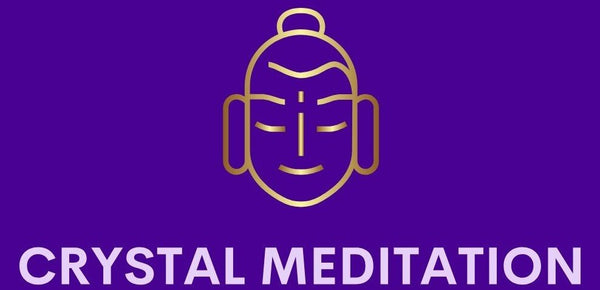If you are early on in your crystal journey, you may have come across the term "natural" citrine and "heat-treated" citrine. There is actually a lot of confusion online about the differences between the 2 so I am writing this blog to clarify these terms.
To be honest, the name "Citrine" really applies to any quartz that is yellow or yellowish, except for what is called "Golden Healer" quartz which is yellow due to hematite (iron) inclusions.
Most of us might know by now that if you heat an amethyst, it turns bright orange and we call these citrines. It is possible for this process to occur naturally by mother earth, but it is extremely rare and most orange citrines on the market are heated by man.
However over the years, we have had "light smoky quartz", almost the colour of honey or caramel, be marketed as "natural" citrines. We have also had bright lemon coloured quartz come out on the market and be labelled as "lemon quartz".
I personally think that what is marketed as "lemon quartz" should actually be called citrine, since it is a beautiful yellow citrus colour. However the online community doesn't seem to believe these are "natural" and are irradiated by man.
However this is not true.
Natural Citrines can indeed exhibit a vibrant lemon yellow hue, often owing to a higher lithium content, and can occur naturally by mother earth.
Now as for the light smoky quartz that is marketed as citrine, I have no idea why these are called citrine, as I don't particually think they are yellow but a honey light brown. But the name has stuck and now I get real indecisive when I have to upload these brown honey coloured quartz in my shop; whether to label them as light smoky quartz or citrine. Anyway...
Mistakenly, many of those in the online community seem to believe that these light smoky / honey coloured quartz are the "natural" citrines, as in, the colouration is natural and not due to heating or irradiation by man.
This is also not true.
The bright lemon coloured citrines and the honey brown citrines can both be created by mother earth or by man by irradiating clear quartz then heating it, or carefully heating smoky quartz to turn it yellow. During this process, some may turn canary yellow (lemon quartz) or an almost green yellow, which are sometimes marketed as Ouro Verde, and only certain quartz will turn this colour as it needs a specific Lithium to Aluminium ratio in the matrix and thus quite rare. It is the ratio of the trace elements lithium and aluminium that determines the citrine's final colouration.
The process of turning clear quartz or smoky quartz to citrine can both be done by mother earth or man.
Can you tell by any methods if the citrine you hold is "natural" or "heated"?
Unfortunately there is absolutely no way of finding this out unless you went to the mines yourself and saw it dug out from the ground. There is no lab testing or any microscopic testing that you can do to tell these apart.
May I also add that the honey coloured citrines from Brazil formed by purely natural means are very rare, more rare than people realise, and authentic natural Brazillian citrines are very expensive. I have a product listing of Natural Brazilian Citrine, here. However due to the high demand of these citrines, I personally believe many on the market are carefully heated smoky quartz, though this is just my opinion. It also doesn't cost too much to irradiate clear quartz then carefully heat it to turn it into citrine as it requires only small radiation dosages, so I assume most "natural" citrines on the market are man treated.
I do personally believe citrines from Congo are the purely natural kind, and more affordable, but again this is just my opinion.
Is there an energetic difference between man-heated citrine and "natural" citrine?
Well even though I can feel crystal energies, most crystals, even of the same type, display different energetic frequencies. So I can't tell whether the energetic difference is due to the citrine being man-treated or because it is naturally formed from mother earth's core. All crystal energies are beautiful in their own way so I personally don't really care.
Well I hope this blog clarified the confusion of what classifies as "citrine" so that you can make more informed choices!
You can browse through our collection of citrine here.
Reference
http://www.quartzpage.de/citrine.html
https://gem-a.com/gem-hub/gem-knowledge/understanding-and-testing-for-rare-natural-citrine
